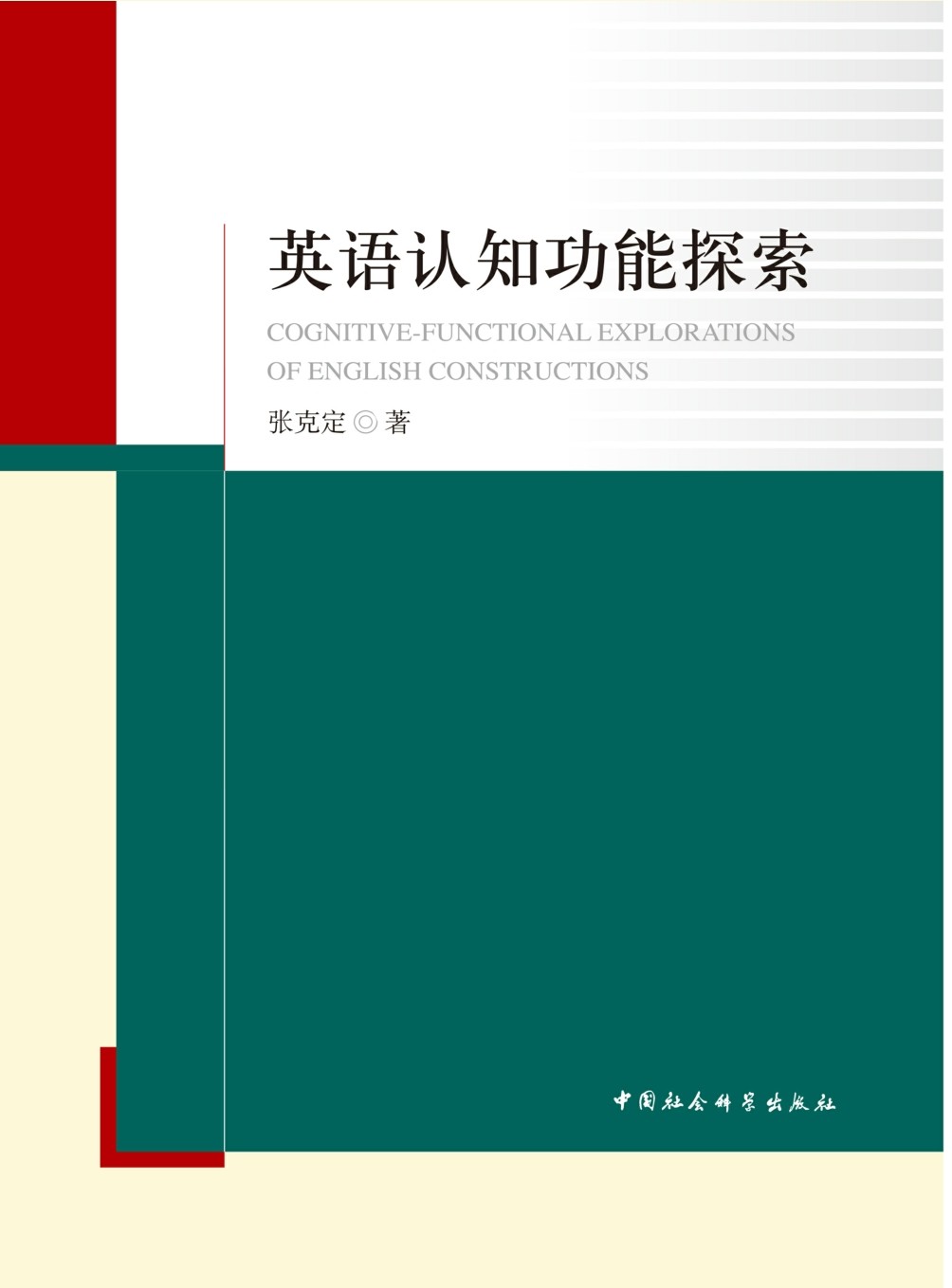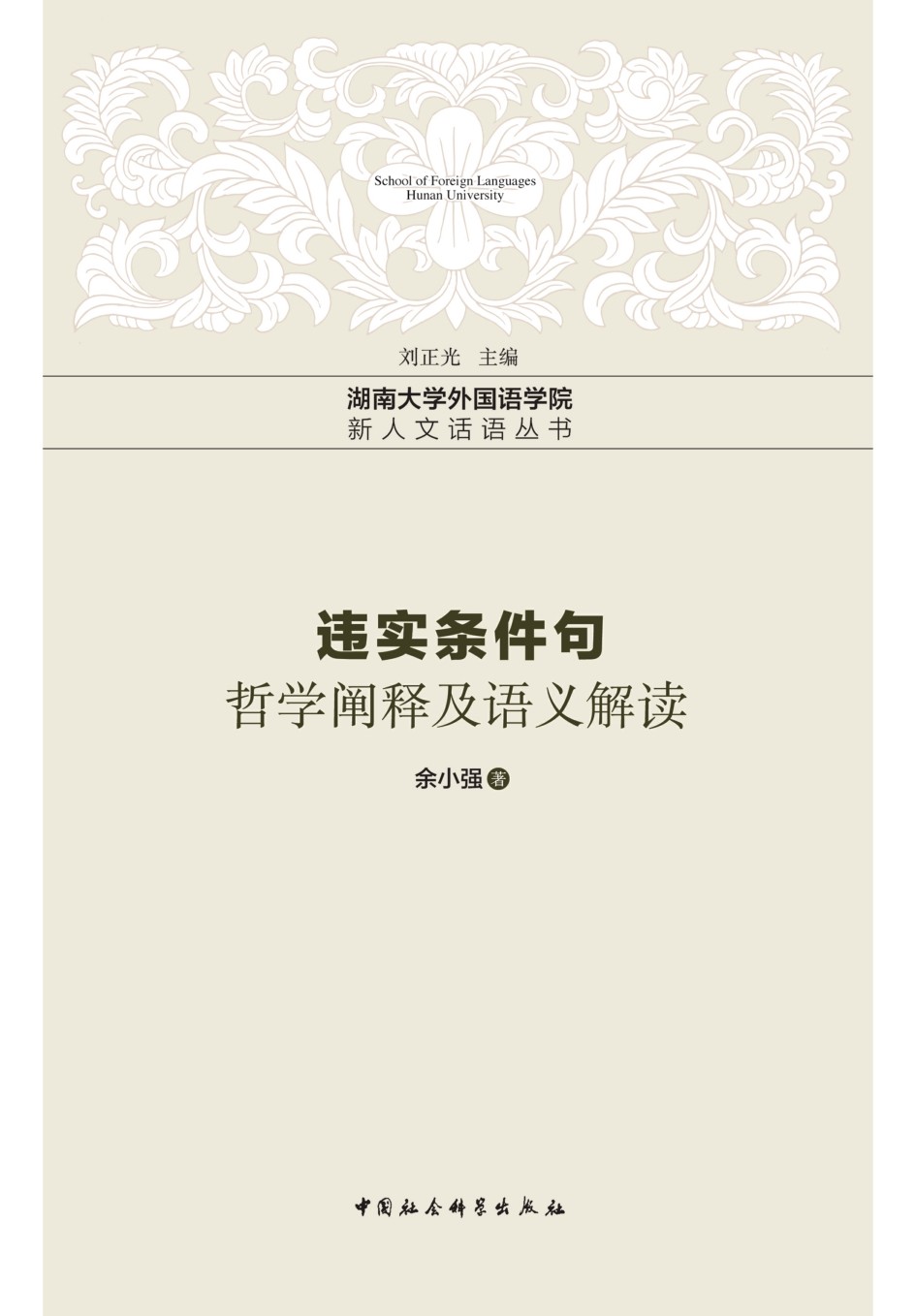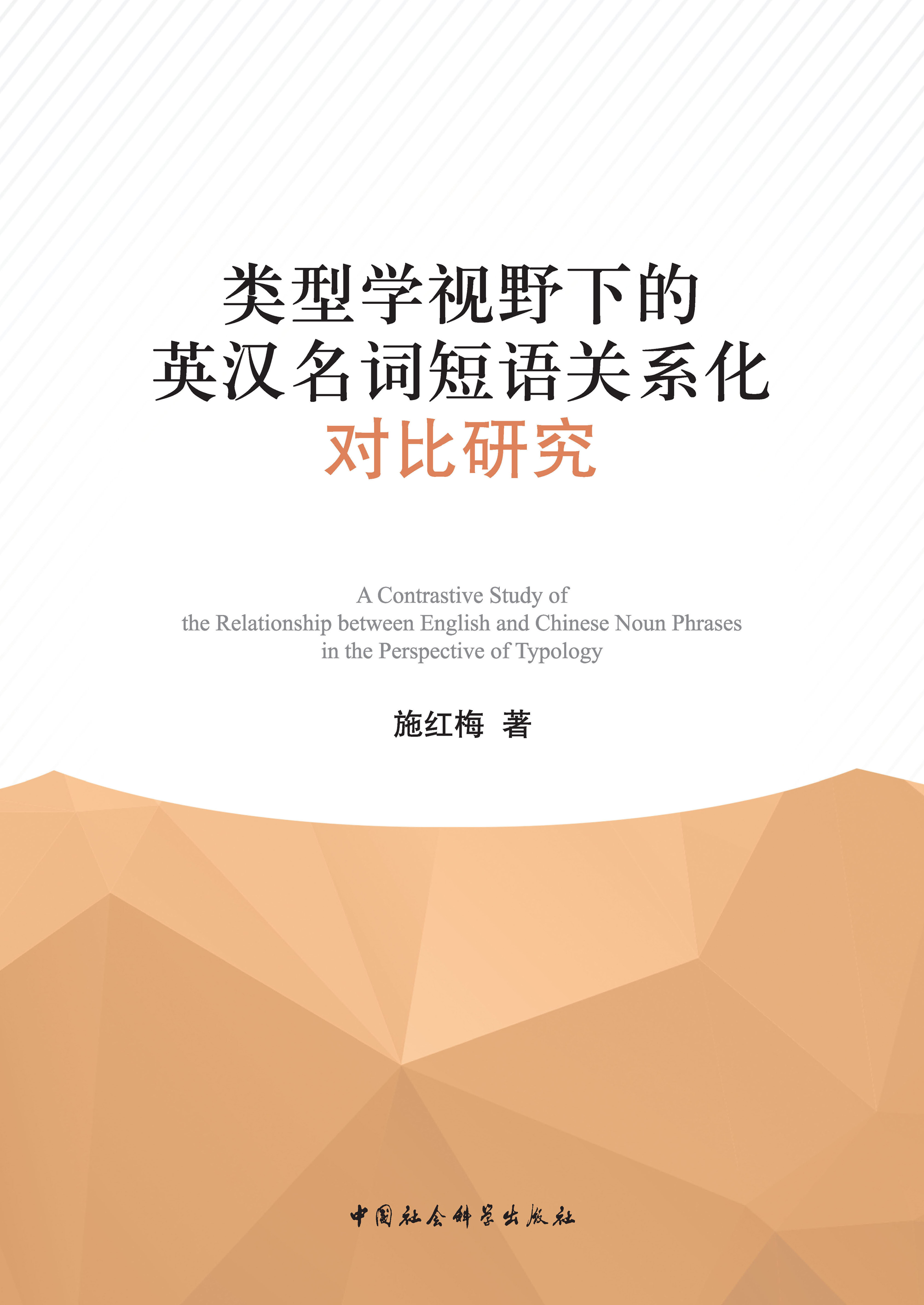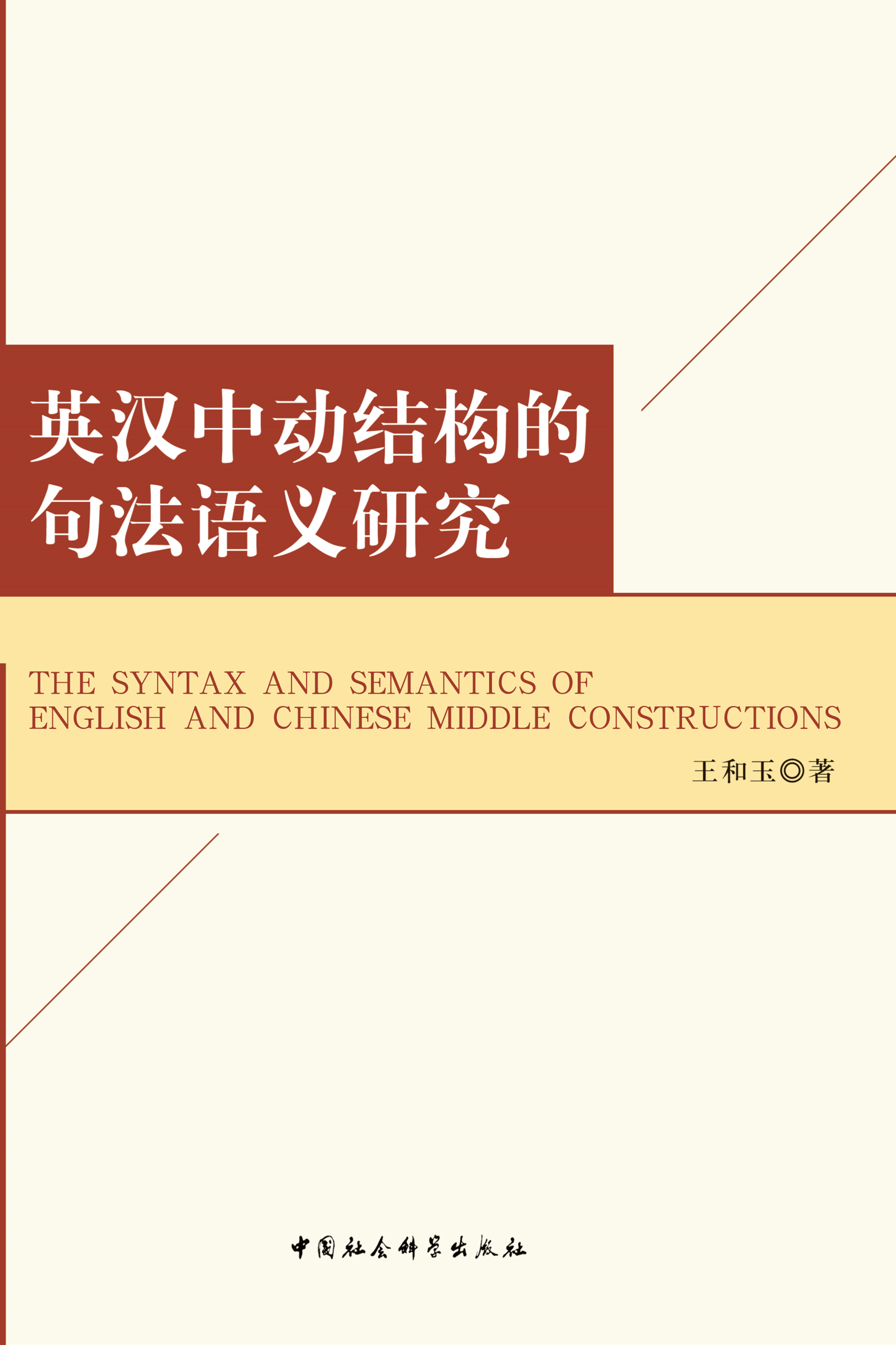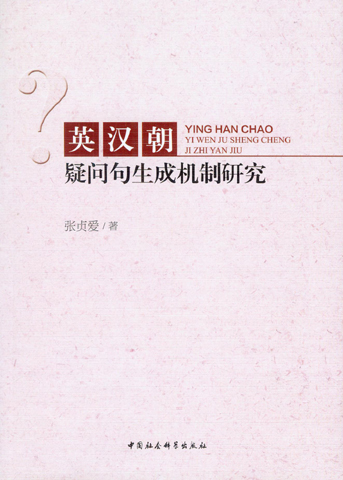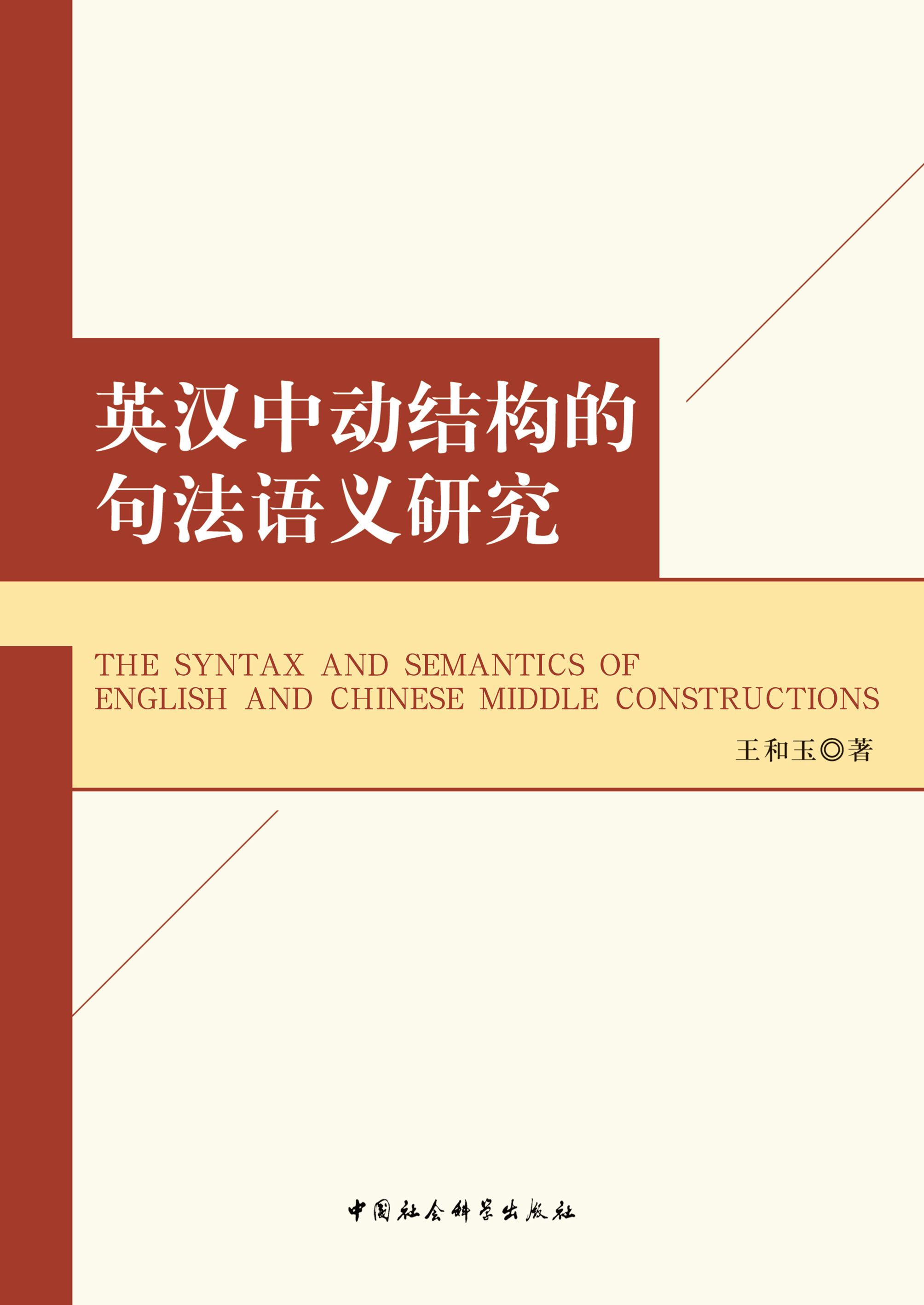
英汉中动结构的句法语义研究:The Syntax and Semantics of English and Chinese Middle Constructions
The Syntax and Semantics of English and Chinese Middle Constructions
纸书售价: ¥55.2 纸书定价:¥69.0 电子书售价: ¥27.6
内容简介
作者简介
目录
目录
摘要
Abstract
前言
Acknowledgements
Chapter One General Introduction
1.1 A Brief Survey of Middles
1.2 Syntactic and Semantic Properties of Middles
1.3 Identifying Middles in English and Chinese
1.4 A Critical Review of Syntactic Study on Middles
1.4.1 The Lexical Approach
1.4.2 The Syntactic Approach
1.4.3 The Parameterized Approach
1.4.4 The Minimalist Approach
1.4.5 The Semantic Approach
1.4.6 Summary
1.5 Research Questions
1.6 Overview of Our Core Assumptions
1.7 Layout of the Book
Chapter Two Theoretical Preliminaries
2.1 Type and Token
2.2 Theta Features and Syntactic Derivation
2.3 Feature Inheritance from C to T
2.4 Agree
2.4.1 Agr as Functional Heads
2.4.2 Agree as Local Syntactic Relation
2.4.3 A Feature-Sharing Version of Agree
2.5 Summary
Chapter Three A [uC]-Featured verb Analysis ofMiddle Predicates
3.1 Theta Relations and Syntactic Derivation
3.1.1 Lexicalist vs.Non-Lexicalist Debate
3.1.2 Theta Roles as Theta Features
3.1.3 The Light verb and Theta Features
3.1.4 Valuing Theta Features in SD
3.1.5 Summing Up
3.2 Theta Relations in Middle Predicates
3.2.1 The Responsibility Reading and Causative Analysis
3.2.2 A [uC]-Feature verb Analysis
3.2.3 Merits of the [uC]-Featured verb Analysis
3.3 English Middles Under the [uC]-Featured verb Analysis
3.3.1 Patient-Subject Middles
3.3.2 Adjunct-Subject Middles
3.3.3 Agent as Non-External Argument
3.3.4 Summing Up
3.4 Chinese Middles Under the [uC]-Featured verb Analysis
3.4.1 Patient-Subject Middles
3.4.2 Adjunct-Subject Middles
3.4.3 Middle Status of “NP+V-qilai+AP” Constructions
3.4.4 Summing Up
3.5 Extension of the [uC]-Featured verb Analysis
3.5.1 Other Constructions Involving the [uC]-Featured verb
3.5.2 Reflexive Middles in Romanic Languages
3.5.3 Middles and Ergatives
3.5.4 Reflection on the Voice Category
3.6 Summary
Chapter Four An [iMod]-Featured TMOD Analysis of Middle Clauses
4.1 Modals and TP
4.1.1 Significance of the Functional Category T
4.1.2 Modal Projection as TP
4.1.3 Modal Auxiliaries as an [iMod]-Featured Defective TMOD
4.2 TMOD and the Davidsonian Event Argument in Middle Clauses
4.2.1 The Davidsonian Event Argument
4.2.2 Licensing Condition of the Davidsonian Event Argument
4.2.3 Suppression of the Event Argument by the [iMOD]-Featured TMOD
4.3 Modality in Middle Clauses
4.3.1 Definition and Classification of Modality
4.3.2 Epistemic and Root Modality
4.3.3 Modality Realization in Middle Clauses Through Agree
4.4 [iMOD]-Featured TMOD Analysis of English and Chinese Middle Clauses
4.4.1 TMOD Analysis of English Middle Clauses
4.4.2 TMOD Neng/Ke (can) in “NP+Neng/Ke+V” Sentences
4.4.3 TMOD Hao (good) in the “NP+Hao+V” Construction
4.4.4 TMOD Nan/Yi (difficult/easy) in “NP+Nan/Yi+V” Sentences
4.4.5 The Null TMOD in the “NP+V-qilai+AP” Construction
4.4.6 Summing Up
4.5 Extension of the [iMOD]-Featured TMOD Analysis
4.5.1 Episodic Middles in English and Chinese
4.5.2 Notional Passives in Chinese
4.5.3 Reflection on the English Tense System
4.6 Summary
Chapter Five The Topic Effect in Middle Constructions
5.1 Topic Status of the Sentence-Initial NPs in Middle Clauses
5.1.1 Categorical Sentence vs.Thetic Sentence
5.1.2 Individual Level Predicates vs.Stage Level Predicates
5.1.3 Middles as Categorical Sentences and Individual Level Clauses
5.1.4 Participant Topic and TMOD
5.2 Feature DONATE from C to TMOD in the Middle Structure
5.2.1 Feature Inheritance Mechanism
5.2.2 Feature DONATE in Derivation of the Middle Structure
5.2.3 Combination of A-Movement and A’-Movement
5.2.4 Overlap of Categorical Topic and Grammatical Subject
5.3 Middle Clauses as Topic Sentences
5.3.1 English Middle Clauses as Topic Sentences
5.3.2 Chinese Middle Constructions as Topic Sentences
5.4 Advantages of the Topicalization Analysis
5.5 Extension of the Topicalization Analysis
5.5.1 Dissolving Impersonal Middle Clauses
5.5.2 Reflection on the Subject vs.Topic Debate
5.6 Summary
Chapter Six The Adverbial Requirement in Middle Constructions
6.1 Previous Accounts for the Adverbial Requirement
6.1.1 Adverbial Requirement as an Intriguing Problem
6.1.2 Various Perspectives to the Adverbial Requirement
6.1.3 Critical Evaluation
6.2 Our Account—A Semantic and Morph-Syntactical Requirement
6.2.1 Adverbial Appearance as Effect of the [uC]-Featured Light verb
6.2.2 Modal,Negation,Focus as Semantic Operators in the T-Domain
6.2.3 Morpho-Syntactic Realization of the Semantic Operators
6.2.4 Summing Up
6.3 Adverbials in English Middle Constructions
6.3.1 The Allowable Adverbials
6.3.2 Re-Examining the Subtypes
6.4 Are Adverbials Required in Chinese Middle Constructions?
6.4.1 Overt TMOD as Morpho-Syntactic Operators
6.4.2 An Adjectival Requirement in the “NP+V-qilai+AP” Construction
6.4.3 Summing Up
6.5 Reflection on Merger of Adverbials
6.6 Summary
Chapter Seven Conclusion
7.1 Summarizing the Syntax and Semantics of Middle Constructions
7.2 Significance of the Study
7.3 Limitations and Questions for Further Research
References
List of Abbreviations
版权所有:中国社会科学出版社 备案序号: 京ICP备05032912号-1 地址:北京西城区鼓楼西大街甲158号 邮编:100720

